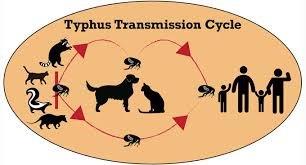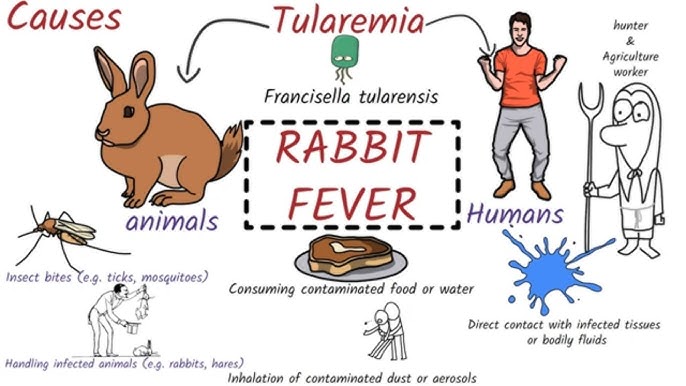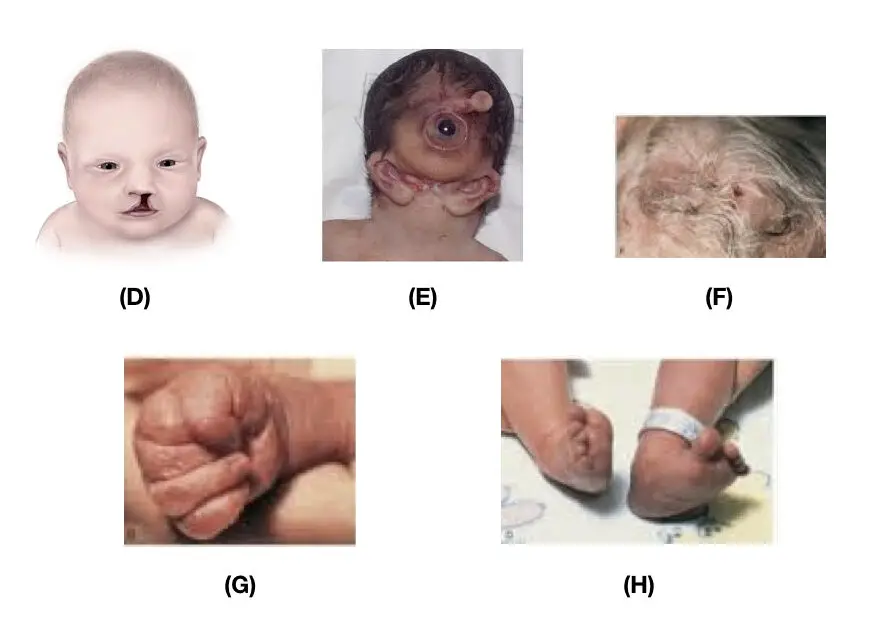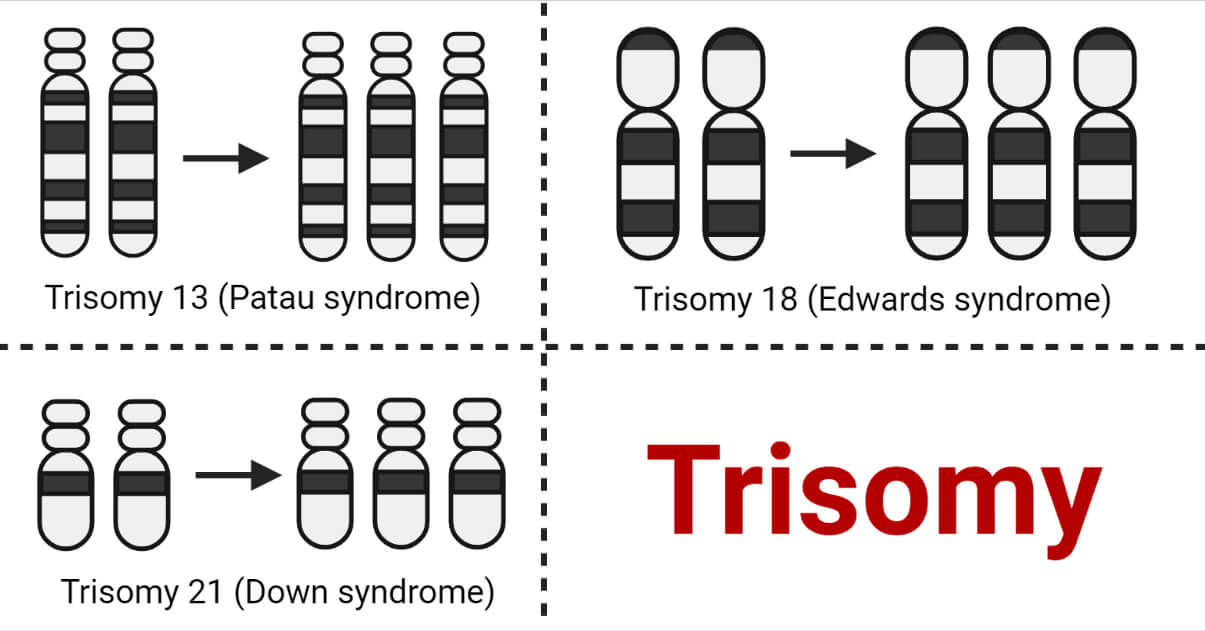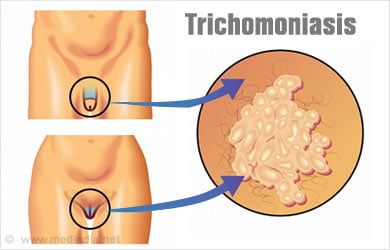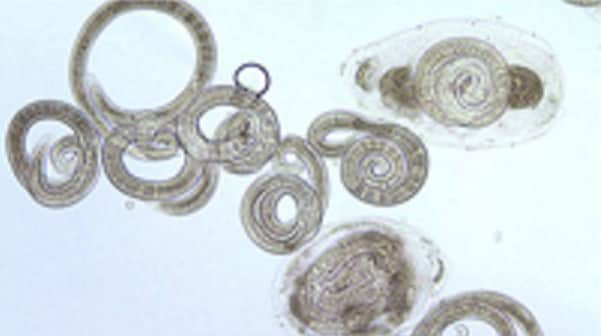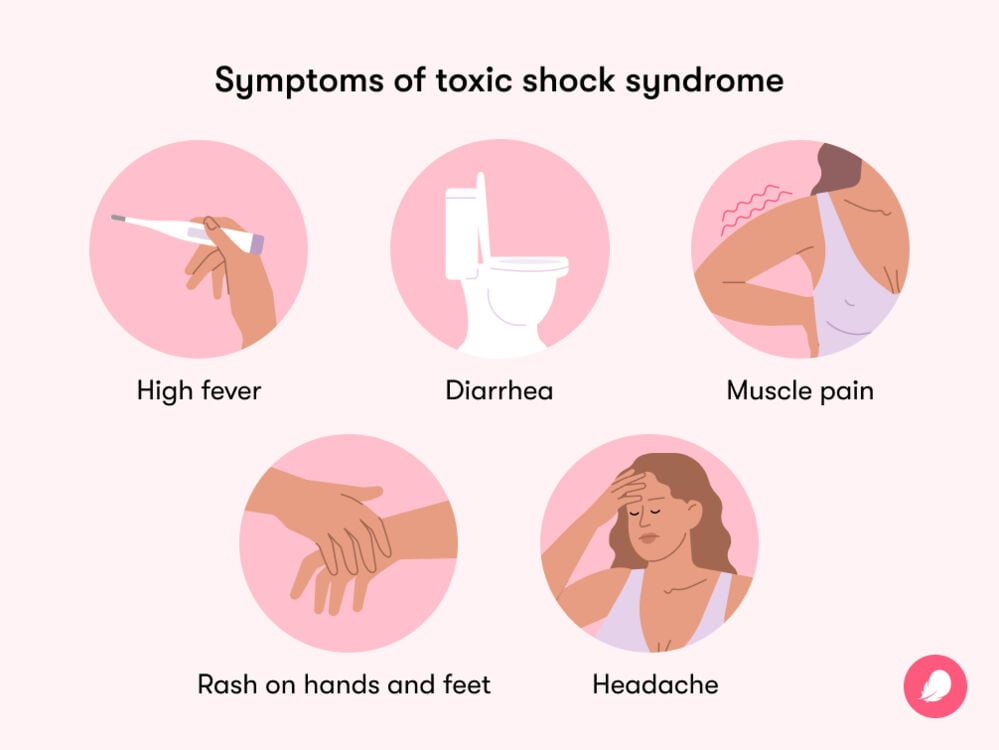Nursing Paper Example on Tumors
Nursing Paper Example on Tumors
A tumor is an abnormal growth of tissue that forms when cells proliferate uncontrollably. Tumors may be benign (non-cancerous) or malignant (cancerous), with each type having unique characteristics and implications for patient health. Tumor biology, types, pathogenesis, clinical presentations, and treatments vary based on their origins and growth dynamics.

Types of Tumors
Tumors can be classified into two main types:
Benign Tumors:
Benign tumors are non-cancerous and generally do not spread to other parts of the body. These tumors tend to grow slowly, have well-defined borders, and are encapsulated by connective tissue, which often limits their invasive potential.
Common examples include lipomas (fat tissue tumors), fibromas (fibrous tissue tumors), and adenomas (glandular tissue tumors). Benign tumors may cause health problems if they press against vital organs, nerves, or blood vessels (Shah & Malliah, 2018).
Malignant Tumors (Cancerous):
Malignant tumors are cancerous and have the potential to spread, or metastasize, to other parts of the body. They grow more aggressively, often invading nearby tissues.
These tumors are associated with a variety of cancers, including carcinomas (from epithelial cells), sarcomas (from connective tissue), lymphomas (from lymphatic cells), and leukemias (from blood-forming tissues).
Metastatic tumors have significant clinical implications as they invade other tissues and organs, complicating treatment and prognosis (Hanahan & Weinberg, 2011).
Causes of Tumor Formation
Tumor development results from genetic mutations and environmental factors that affect normal cell division and growth.
Genetic Mutations:
Mutations in tumor suppressor genes and oncogenes are primary drivers of tumor formation. Tumor suppressor genes typically prevent uncontrolled cell growth, whereas oncogenes promote cell division. Mutations in these genes lead to unregulated cell division, contributing to tumorigenesis (Vogelstein & Kinzler, 2004).
For example, the TP53 gene mutation impairs cell cycle regulation, a common feature in various cancers.
Environmental and Lifestyle Factors:
Exposure to carcinogens like tobacco, radiation, and specific chemicals can increase the risk of mutations leading to tumors. Lifestyle choices, such as diet, alcohol consumption, and physical activity, also play roles in modulating tumor risks.
Chronic infections, like hepatitis B and C (for liver cancer) or human papillomavirus (HPV) for cervical cancer, can contribute to tumor formation by damaging cellular DNA (Smith et al., 2016).
Pathophysiology of Tumors
Tumor pathophysiology centers on the uncontrolled cell proliferation and failure of apoptosis (programmed cell death).
Dysregulated Cell Cycle:
Tumors arise when cellular checkpoints within the cell cycle fail, allowing cells with DNA damage to proliferate.
Mutations in regulatory proteins, such as cyclins and cyclin-dependent kinases (CDKs), lead to unchecked cell growth (Vogelstein & Kinzler, 2004).
Tumor Microenvironment:
Tumor growth is influenced by the surrounding cells and extracellular matrix, which form the tumor microenvironment. This environment includes immune cells, fibroblasts, and blood vessels, all contributing to tumor growth and survival.
Angiogenesis, or the formation of new blood vessels, is stimulated by tumors to supply oxygen and nutrients necessary for continued growth (Hanahan & Weinberg, 2011).
(Nursing Paper Example on Tumors)
Clinical Presentation of Tumors
Symptoms of tumors vary based on their location, size, and type.
Local Symptoms:
Tumors may cause local symptoms by pressing on surrounding structures. For example, a brain tumor can cause headaches, seizures, and neurological symptoms due to pressure on brain tissue.
Gastrointestinal tumors might cause abdominal pain, obstruction, or bleeding depending on their location within the digestive tract (Shah & Malliah, 2018).
Systemic Symptoms:
Malignant tumors can cause systemic symptoms such as weight loss, fatigue, and fever. This can result from the tumor consuming the body’s energy resources or due to the immune system’s response to cancer cells.
Paraneoplastic syndromes, where tumors produce hormone-like substances, can also create systemic effects, such as hypercalcemia in lung cancer (Smith et al., 2016).
Diagnosis of Tumors
Tumor diagnosis involves multiple techniques to assess the location, type, and extent of growth.
Imaging Techniques:
Imaging tests, such as magnetic resonance imaging (MRI), computed tomography (CT) scans, and ultrasounds, are widely used to detect and locate tumors.
Positron emission tomography (PET) scans are particularly effective for identifying malignant tumors and metastatic disease (Nishino et al., 2011).
Biopsy and Histopathology:
A biopsy, or the removal of tissue from a suspected tumor, is crucial for definitive diagnosis. Histopathological analysis provides detailed information on the cellular makeup of the tumor and helps in distinguishing between benign and malignant growths.
Molecular tests are sometimes conducted on biopsy samples to identify genetic mutations that can guide targeted therapy (Vogelstein & Kinzler, 2004).
Blood Tests and Tumor Markers:
Blood tests may detect tumor markers—substances produced by cancer cells. For instance, elevated levels of prostate-specific antigen (PSA) may suggest prostate cancer.
While not definitive on their own, tumor markers can support diagnosis and help monitor treatment progress (Nishino et al., 2011).
Treatment of Tumors
Tumor treatment strategies are highly individualized and depend on factors such as tumor type, stage, and location.
Surgery:
Surgery is often the first-line treatment for many benign and localized malignant tumors, aiming to remove the entire tumor mass.
In cases where tumors are large or close to critical structures, surgery may be combined with radiation or chemotherapy for better outcomes (Smith et al., 2016).
Radiation Therapy:
Radiation therapy uses high-energy particles to destroy tumor cells. This treatment is effective for tumors that cannot be surgically removed or in cases where the tumor needs to be reduced before surgery.
Radiation targets tumor cells while minimizing damage to surrounding healthy tissues (Nishino et al., 2011).
Chemotherapy:
Chemotherapy involves drugs that target rapidly dividing cells, making it effective against many cancers. However, chemotherapy can also affect healthy cells, leading to side effects.
Combination chemotherapy, using multiple drugs, is often used to increase treatment effectiveness and reduce the chance of resistance (Vogelstein & Kinzler, 2004).
Targeted Therapy and Immunotherapy:
Targeted therapy involves drugs that specifically target molecular pathways unique to cancer cells. For example, tyrosine kinase inhibitors are used in cancers with abnormal tyrosine kinase activity.
Immunotherapy, such as immune checkpoint inhibitors, boosts the immune system’s ability to recognize and destroy cancer cells (Shah & Malliah, 2018).
(Nursing Paper Example on Tumors)
Prevention of Tumors
Preventive measures for tumors include lifestyle changes and regular screenings, especially for individuals at high risk.
Lifestyle Modifications:
Reducing exposure to known carcinogens (e.g., tobacco smoke, ultraviolet radiation) and maintaining a healthy lifestyle, including regular exercise and a balanced diet, can lower the risk of developing tumors.
Vaccinations against viruses, such as HPV and hepatitis B, can reduce the risk of associated cancers, such as cervical and liver cancers (Smith et al., 2016).
Screening Programs:
Regular screenings for certain cancers (e.g., mammograms for breast cancer, colonoscopies for colon cancer) are recommended for early detection, especially for people with a family history or genetic predisposition.
Early detection significantly improves treatment outcomes, as localized tumors can often be treated more effectively (Nishino et al., 2011).
Conclusion
Tumors, both benign and malignant, represent a significant health concern worldwide. The pathogenesis of tumors involves complex genetic and environmental factors leading to uncontrolled cell growth. While treatment approaches vary based on tumor type and progression, advancements in targeted therapies and immunotherapy have improved outcomes for many patients. Preventive measures, including lifestyle changes and regular screenings, remain essential in reducing the burden of tumor-related diseases.
References
Hanahan, D., & Weinberg, R. A. (2011). Hallmarks of Cancer: The Next Generation. https://doi.org/10.1016/j.cell.2011.02.013
Nishino, M., Jackman, D. M., Hatabu, H., Yeap, B. Y., Cioffredi, L. A., Yap, J. T., … & Johnson, B. E. (2011). Imaging of Lung Cancer in the Era of Molecular Medicine. https://doi.org/10.1148/radiol.11101145
Shah, P., & Malliah, M. (2018). Benign and Malignant Tumors: The Difference in Terms of Diagnosis and Treatment. https://www.ncbi.nlm.nih.gov/pmc/articles/PMC5805025/
Smith, R. A., Andrews, K. S., Brooks, D., Fedewa, S. A., Manassaram-Baptiste, D., Saslow, D., … & Brawley, O. W. (2016). Cancer Screening in the United States, 2016: A Review of Current American Cancer Society Guidelines and Current Issues in Cancer Screening. https://doi.org/10.3322/caac.21336
Vogelstein, B., & Kinzler, K. W. (2004). Cancer Genes and the Pathways They Control. https://doi.org/10.1056/NEJMra043430


